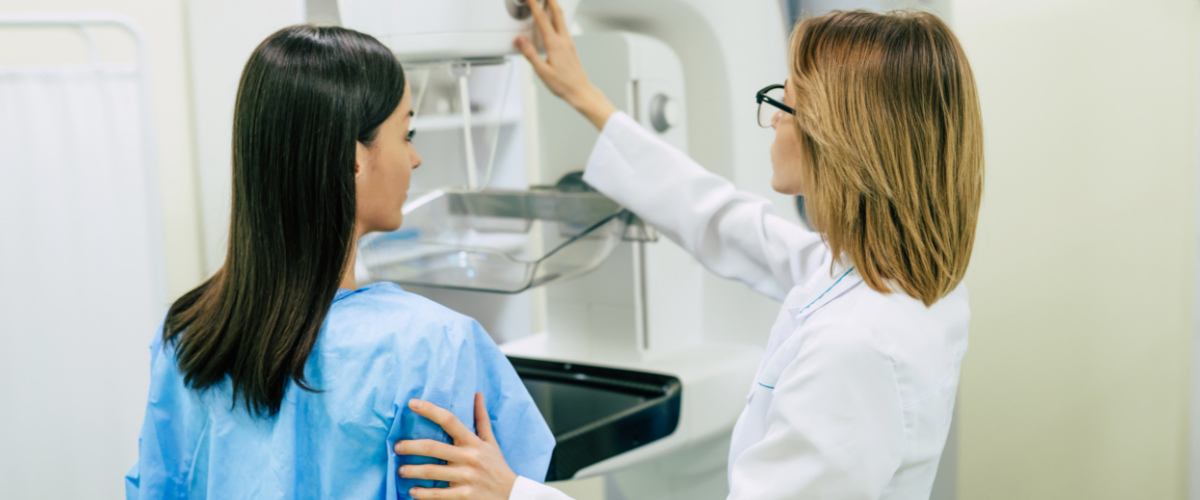Why You Should Start Mammograms at Age 40: Inside the Screening Guidelines

May 20, 2025 | Tags:
A mammogram is an important tool in the fight against breast cancer since it’s the most common method to detect early signs of the disease — and early detection is key to effective treatment.
The United States Preventive Services Task Force (USPSTF) recommends women age 40 and older get mammograms every other year to reduce the risk of dying from the disease.
New data and guidelines save lives
In May 2023, USPSTF updated its guidelines, recommending that women get a mammogram every other year if they are:
- Age 40 and older.
- At average risk for breast cancer.
- Have no signs or symptoms of breast cancer.
The previous recommendation was that women begin receiving mammograms at age 50.
“We have seen the incidence of breast cancer in younger women increase in recent years,” said Dr. Dwight McFadden, Assistant Medical Director at Medical Mutual. “As the rates have increased, it makes sense to screen younger women for breast cancer.”
The importance of early detection
According to the Centers for Disease Control and Prevention, about 10% of new breast cancer cases are diagnosed in women who are younger than age 45. “Early diagnosis can lead to more effective treatment. Cancer is more difficult to treat when it has more time to spread to other parts of the body,” said Dr. McFadden. “By starting mammograms at age 40, providers can diagnose cancer earlier and improve the likelihood of effective treatment.”
Women with high risk factors should discuss when to start mammogram screenings with their healthcare provider. These include:
- Having dense breast tissue.
- Inherited genetic mutations, like BRCA1 and BRCA 2.
- A personal or family history of breast cancer or ovarian cancer.
- Benign (noncancerous) breast diseases or other breast health problems.
- Receiving radiation therapy to the chest area during childhood or early adulthood.
What to expect from a mammogram screening
It’s completely normal to feel a little nervous if you’ve never had a mammogram before. The good news is the procedure is simple and routine. A mammogram takes a 2D or 3D X-ray of your breast tissue to look for abnormalities. On the day of the screening, avoid wearing deodorant, lotion, perfume or body powder as they can affect the X-ray results.
You’ll undress from the waist up and stand in front of the mammography machine, placing one breast on a support plate. The plate will compress your breast so it’s flat while the X-rays are taken. While this part can cause some discomfort, it only lasts a few seconds.
You’ll then repeat the process for the other breast. Once both images are taken, you can get dressed and go about your day.
Talk to your loved ones about mammogram screenings and make an appointment today
Breast cancer is the second most common cancer among women in the U.S., so testing regularly before there are signs and symptoms of the disease are crucial. Most preventive care, like breast cancer screenings, is covered by your Medical Mutual health plan.
Call your primary care provider (PCP) to schedule an appointment. Need help finding a PCP? Medical Mutual can help. Log in to My Health Plan and use our Find a Provider tool or call the Customer Care number on your member ID card.


